A wetland with many purposes
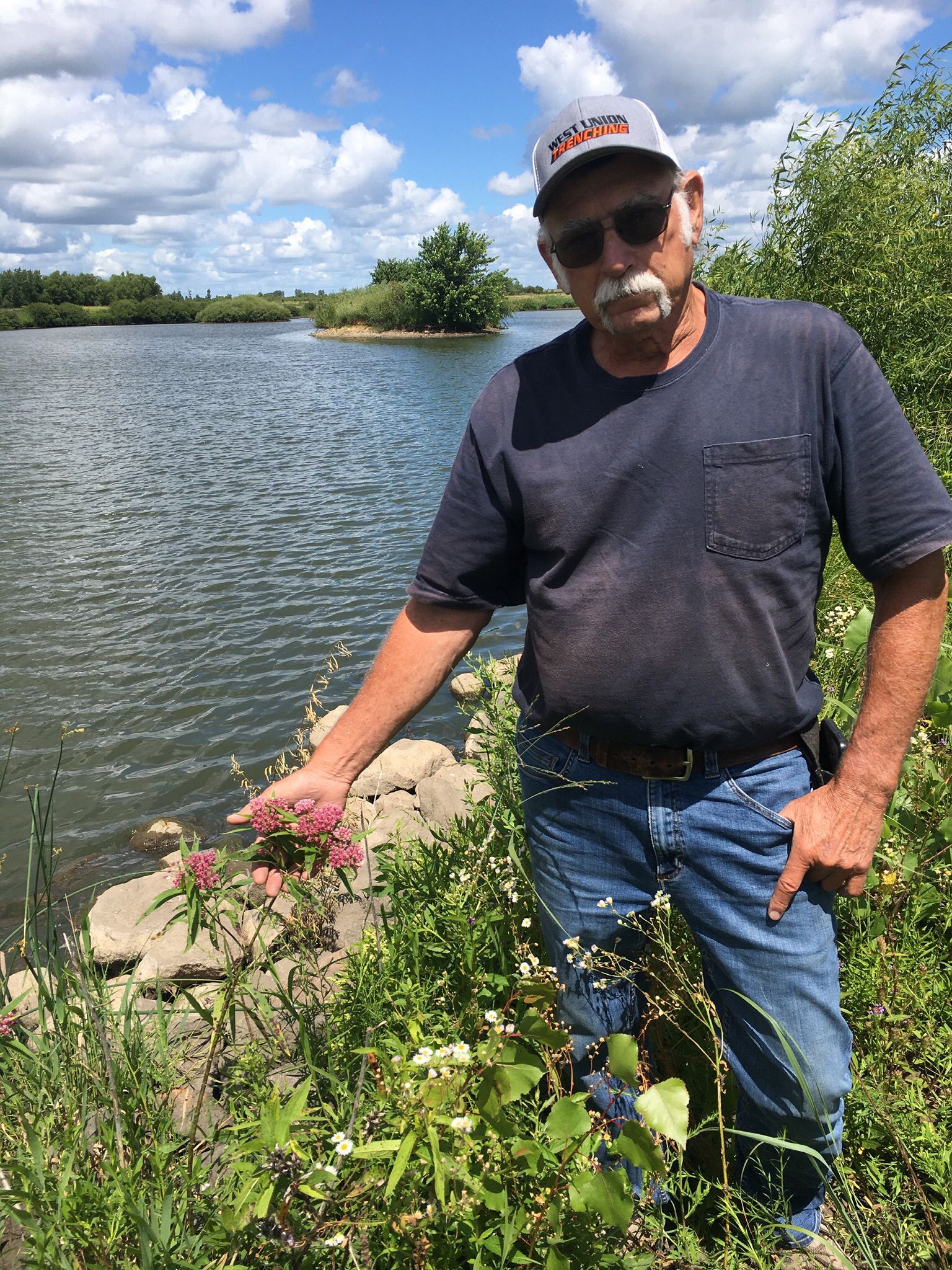
Improving soil health and helping pollinators with beautiful prairie
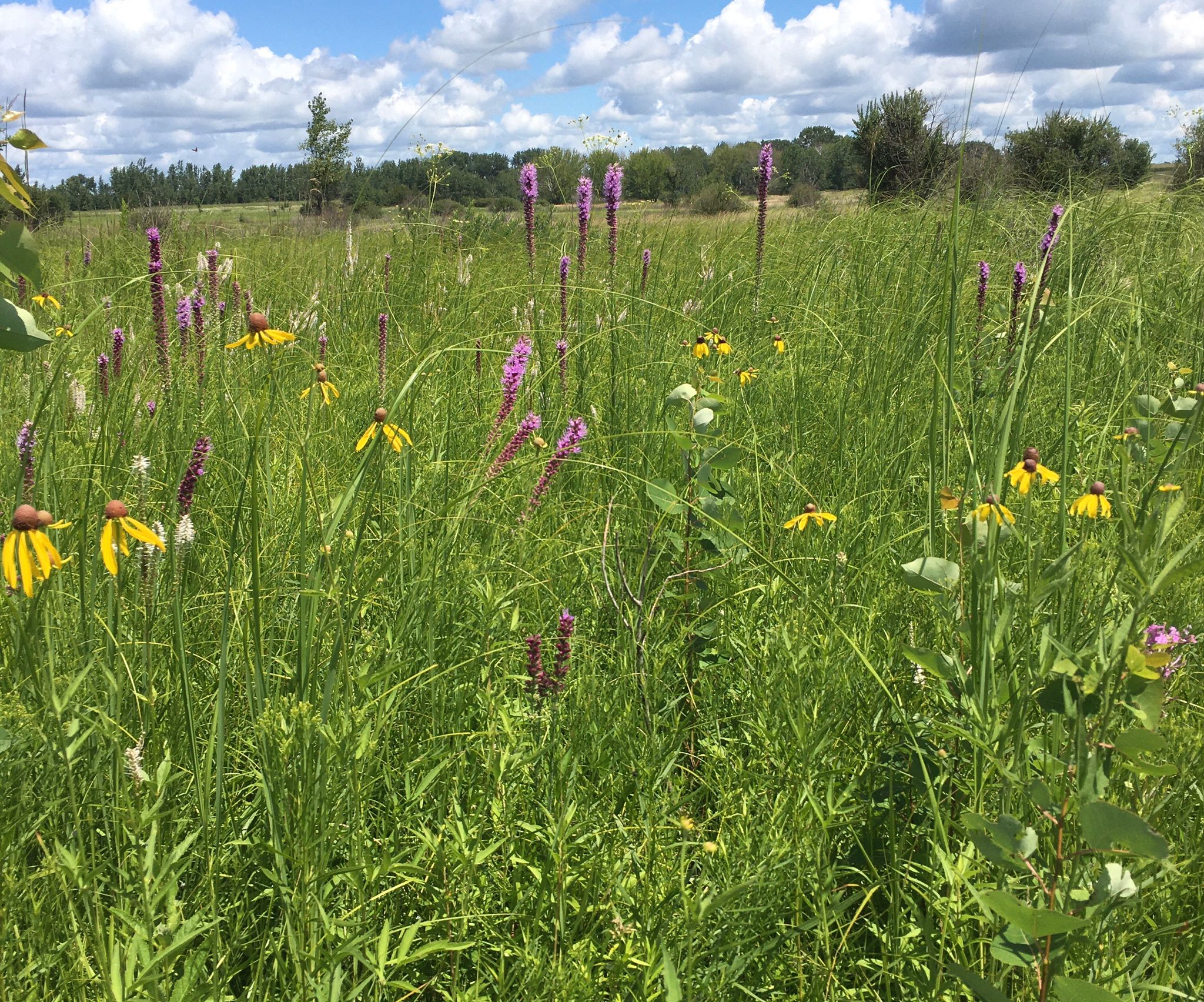
Filter strips along the route
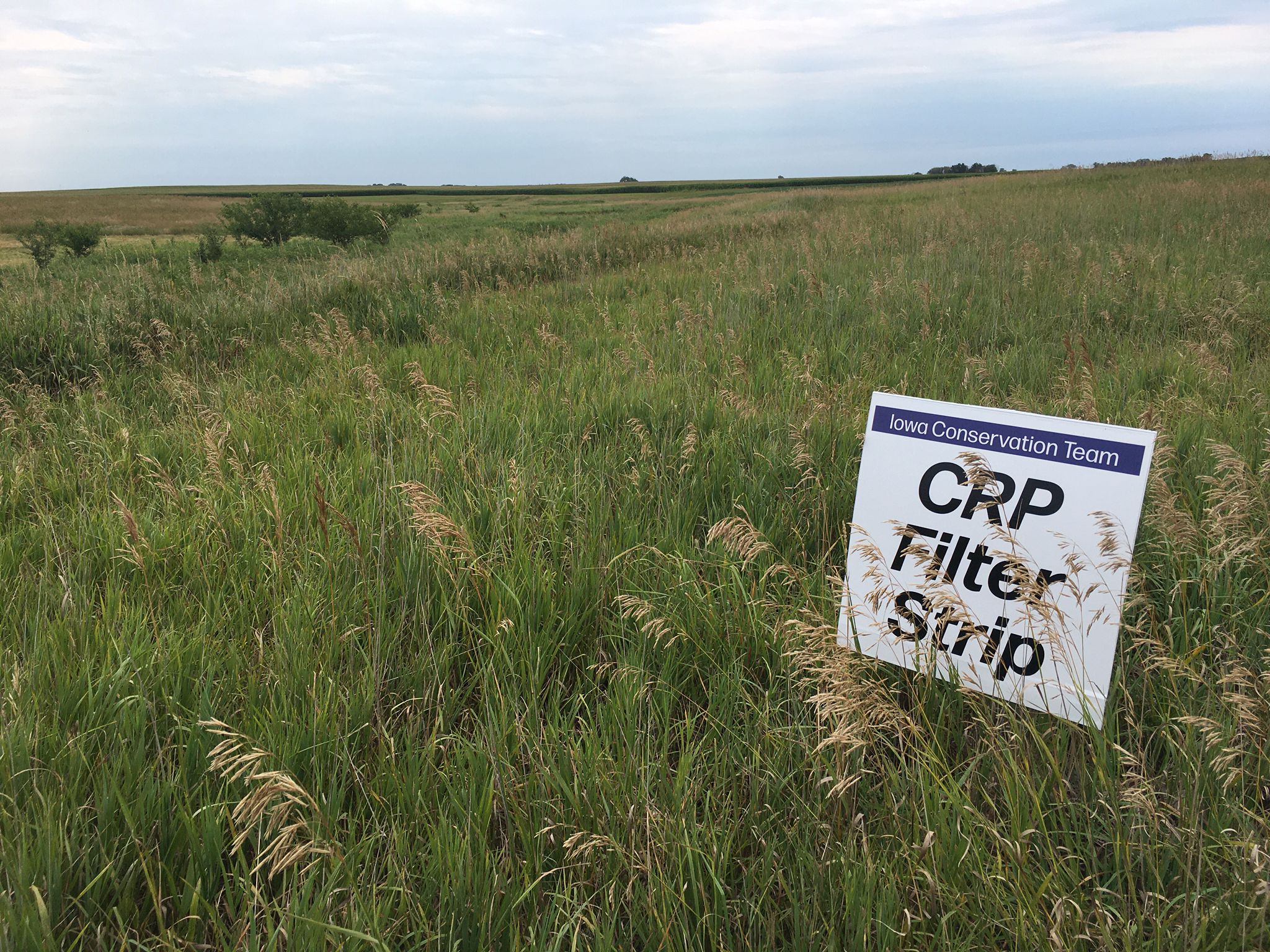
The route for RAGBRAI 2022 weaved through many different geographies of Iowa, each featuring different challenges for farmers and conservation planners. See this article about the history of the land along the route!
From the extremely erosive Loess hills in Western Iowa, to the 3,000 foot climb in Northwest Iowa, cyclist and IAWA writer, Dan Looker, shows us the beauty of Iowa’s unique landscape and the conservation to protect it.
“Did you think corn could be so beautiful?”
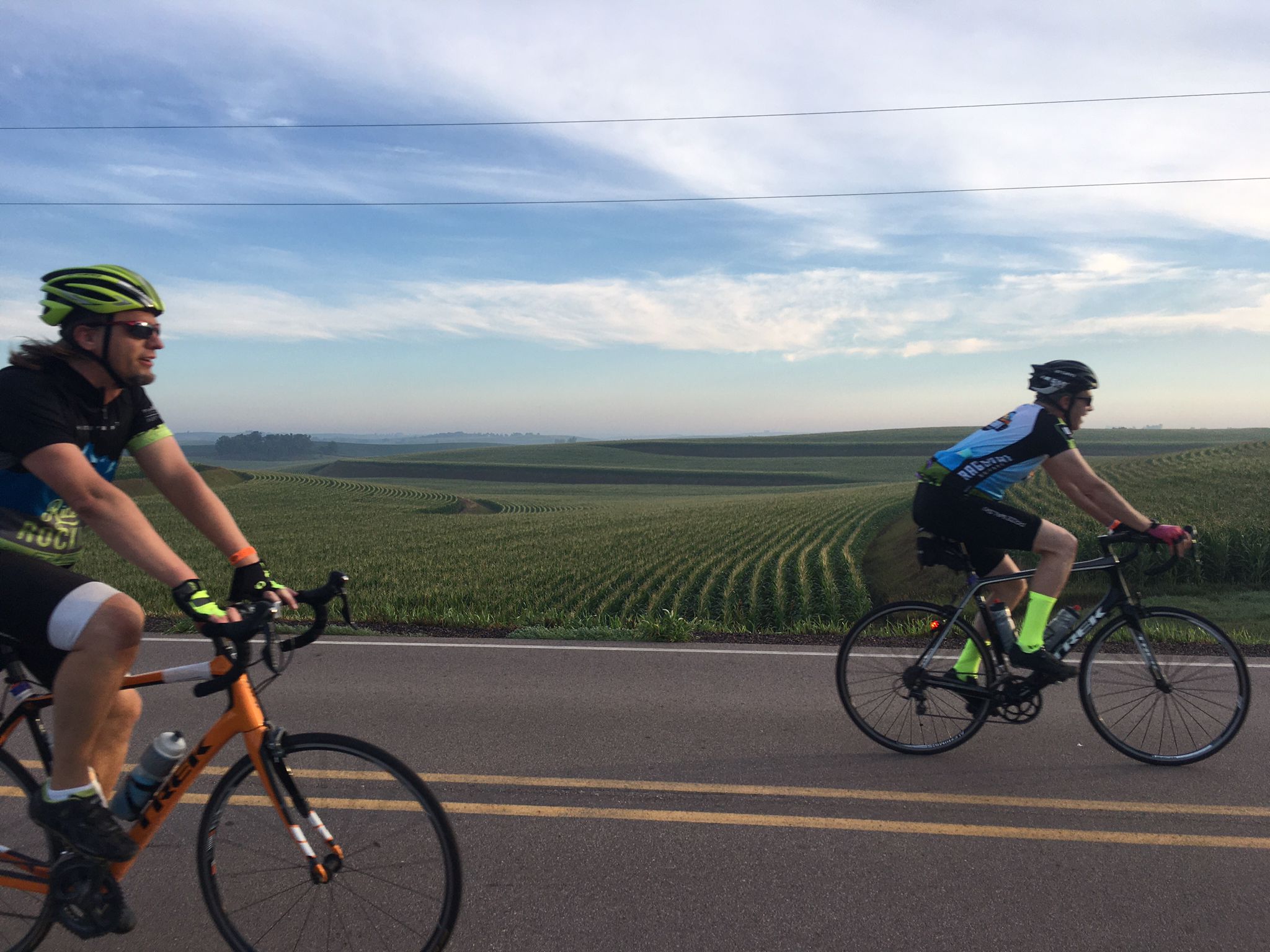
Extremely fragile Loess Hills of Eastern Iowa
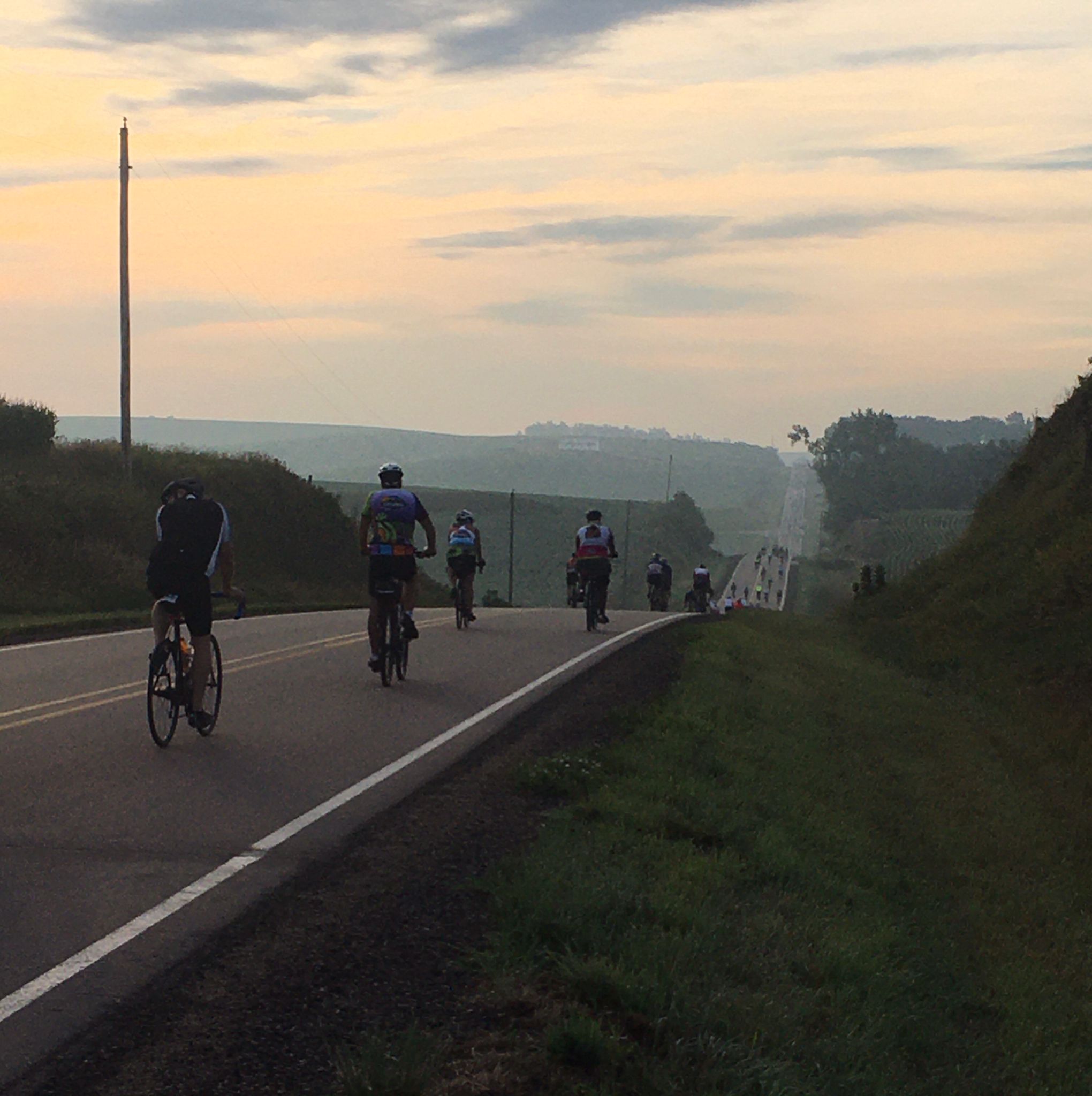
No-till field near Newell, Iowa
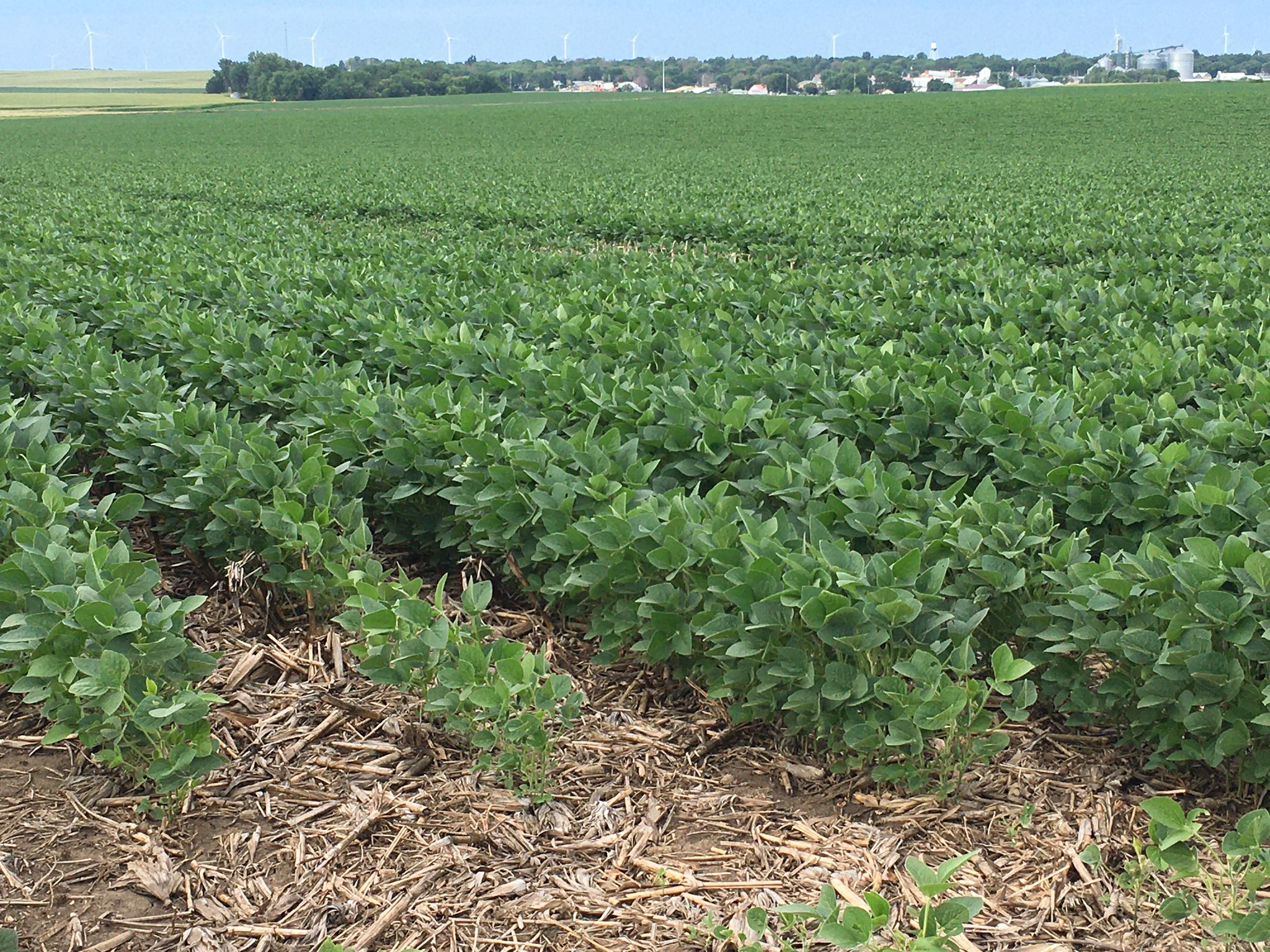
Carved out by glaciers
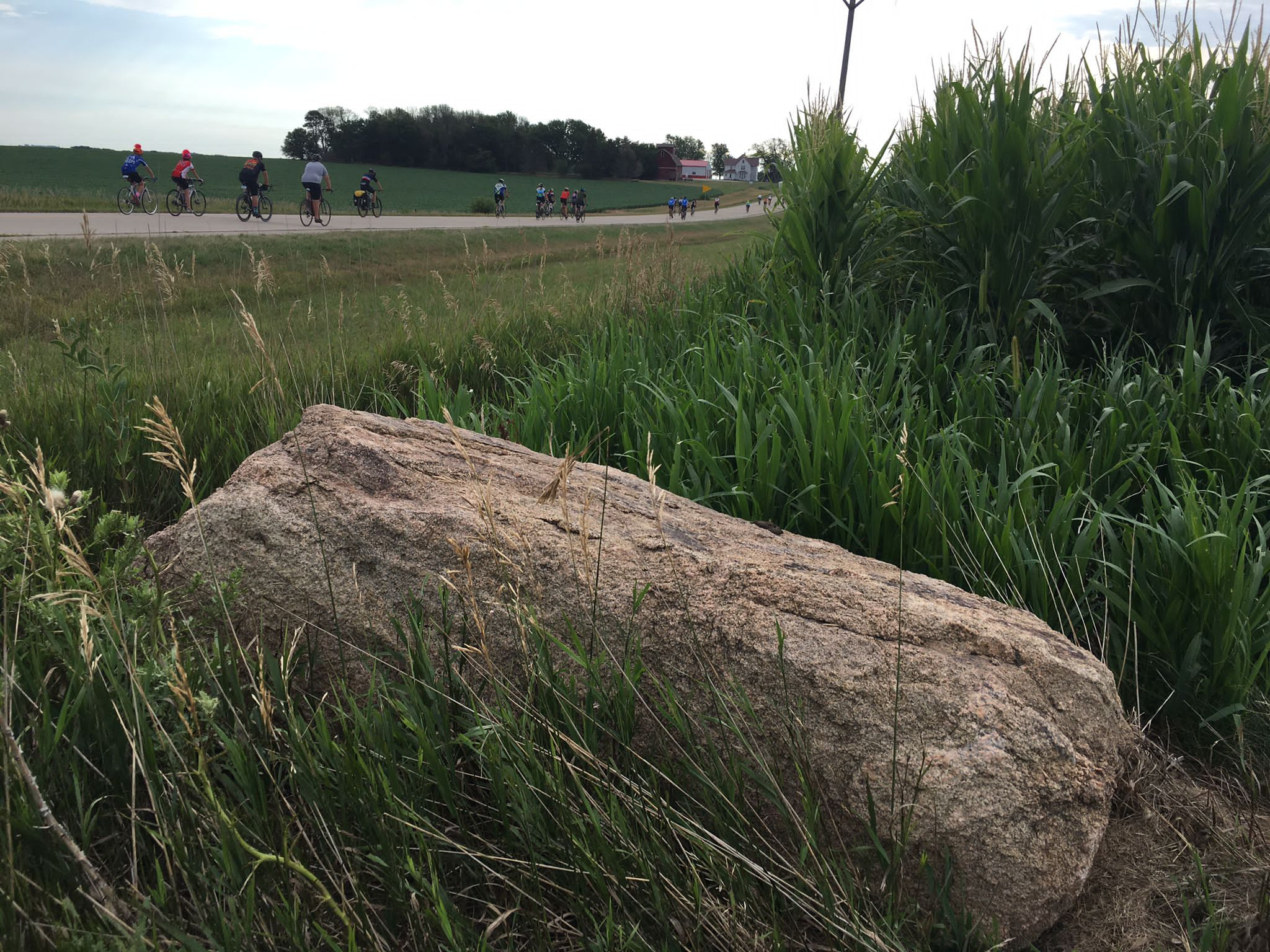
A wetland with many purposes

Improving soil health and helping pollinators with beautiful prairie

Filter strips along the route

Verdesian Life Sciences is advancing plant health and nutrition through the development of nutrient management and efficiency technologies, nutritionals and micronutrients, seed treatments and inoculants, crop health chemistry and biologicals, as well soil surfactants for the agriculture, turf and ornamental industries. Verdesian remains committed to the continued research and development of environmentally sustainable products.
Land O’Lakes SUSTAIN™ is a leading conservation solutions provider, advancing and connecting stewardship efforts throughout the food system with scale — from farmers to ag retailers to partners like food companies. Every farmer’s stewardship journey is different, and Land O’Lakes SUSTAIN™ aims to meet farmers where they are by offering a customized, systems-based approach to conservation and sustainability. For Land O’Lakes SUSTAIN™, sustainable agriculture means a farm is continuously improving its stewardship of the air, soil and water, safeguarding natural resources for generations to come. A sustainable farmer makes business decisions that keeps his or her operation strong and resilient for the long term. And, a sustainable food system also supports a more connected relationship between consumers and those who work hard to feed them.
Syngenta is a leading agriculture company helping to improve global food security by enabling millions of farmers to make better use of available resources. Through world class science and innovative crop solutions, our 28,000 people in over 90 countries are working to transform how crops are grown. We are committed to rescuing land from degradation, enhancing biodiversity and revitalizing rural communities.
RES is the nation’s largest ecological restoration company, and is restoring a resilient earth for a modern world. We restore our land and waters with ecological integrity and innovation, project by project. We support the rehabilitation and stewardship of nature’s resources alongside responsible human progress.
At Nutrien, their purpose is to grow our world from the ground up. As the world’s largest provider of crop inputs, services and solutions, Nutrien plays a critical role in feeding the future by helping growers to increase food production in a sustainable manner. They’re moving the agriculture industry and the world forward – today and for generations to come. Nutrien is a Canadian fertilizer company based in Saskatoon, Saskatchewan. It is the largest producer of potash, and the second largest producer of nitrogen fertilizer, in the world. It has 1,500 retail stores and more than 20,000 employees.
At The Mosaic Company, helping the world grow the food it needs is more than just our mission – it’s a call that inspires us to do our work sustainably. As one of the world’s largest producers and marketers of concentrated phosphate and potash crop nutrients, we are committed to protecting our natural resources and are actively involved in educating farmers, retailers and other stakeholders on the importance of the 4Rs of nutrient stewardship and balanced plant nutrition.
La Crosse Seed, LLC endeavors to help lead the growing interest in cover cropping, soil health practices and water quality by providing education to distribution channel partners accompanied by high quality seed and excellent service.
Iowa Select Farms is a family-owned pork producer in Iowa and is committed to responsibly producing safe, nutritious, and high-quality pork for their customers and the food companies they serve. Founded by Iowa Falls natives Jeff and Deb Hansen Iowa Select Farms has 242,500 sows and annually produces more than one billion pounds of pork. With 800 swine farms across the state, Iowa Select Farms is one of the leading economic engines to Iowa’s rural communities, as it employs more than 1,200 Iowans, contracts with more than 650 farmers and supports hundreds of local businesses across the state.
Hagie Manufacturing LLC, located in Clarion, IA, optimizes customers’ growth by providing the most innovative crop protection solutions in the agriculture industry. Hagie continues to build upon a rich heritage as an industry leader in the business of solving problems. Innovative solutions and versatile attachments enhance capability for performing timely and precise full season crop protection, Nitrogen and cover crop seeding applications for optimal soil health and maximum yield productivity. A company driven to doing meaningful work, Hagie Mfg.’s application solutions are purposeful tools to drive economic benefits, while also performing responsible stewardship and best agricultural practices. A foundation with values built around employees, customers and innovation delivers a superior customer experience, while inspiring sustained growth and success.
Farm Nutrients began as a company handling the management of chicken litter in the Storm Lake, IA area and now manages a business that uses the nutrients on about 250,000 acres. Also offering customers services such as seed, soil sampling and testing, nitrogen products and crop protection products, the Farm Nutrient professionals help farmers be more efficient with resources.
Ecosystem Services Exchange (ESE) works with private and public landowners, producers, contractors and facility managers to improve farm profitability while simultaneously improving and protecting our valuable ecosystem and natural resources. ESE can assist with the planning, design, managing and monitoring of in-field or edge-of-field water management practices that improve productivity and conservation on working ag lands and quantify environmental benefits to support environmental markets and facilitate water quality trading.
Corteva Agriscience is the world’s leading developer and supplier of advanced plant genetics, providing high-quality seeds to farmers in more than 90 countries. Corteva provides agronomic support and services to help increase farmer productivity and profitability and strives to develop sustainable agricultural systems for people everywhere. Science with Service Delivering Success®.
The Context Network believes in growing a world that is more productive, efficient, and sustainable. They do that by helping clients like you achieve remarkable results. Their passion for agriculture is what drives them and is one of the main reasons why they have become a premier global and agribusiness consulting firm in advancing agriculture. By focusing on market assessment, competitive landscape, option evaluation, technical development and more, they provide customers with the strategic perspectives needed to outperform competition. The Context Network is positioned to help develop and execute plans that deploy organizational capital to more effectively address goals, regardless of where one is in the planning process.
Anuvia Plant Nutrients manufactures high-efficiency, sustainable bio-based fertilizers for the agriculture, turf and lawncare industries. Located in Winter Garden Fla., the company developed and uses a unique technology that not only optimizes nutrient availability and efficiency for plants, but also improves soil health, preserves natural resources and reduces greenhouse gas emissions. Anuvia is committed to offering easily-adoptable, profitable and sustainable solutions to customers, their communities and global agriculture. This commitment recently earned Anuvia an honorable mention in the food category of Fast Company’s 2019 World Changing Ideas Award. Learn More about Anuvia Plant Nutrients –SymTRX for Agriculture and GreenTRX for Turf and Lawn, visit www.anuviaplantnutrients.com.
Agri Drain manufactures high-quality, durable and affordable products for use in conservation practices that improve water quality, conserve water and wildlife habitat, reduce flooding, minimize soil erosion and nutrient loss, and provide on-farm agronomic benefits. We are committed to customer service and the conservation community.